The DHT11 is a simple and inexpensive temperature and humidity sensor, which is ideal for small projects with the Arduino, in which it does not depend on a high degree of accuracy of the measurements. It should be used for indoor measurements.
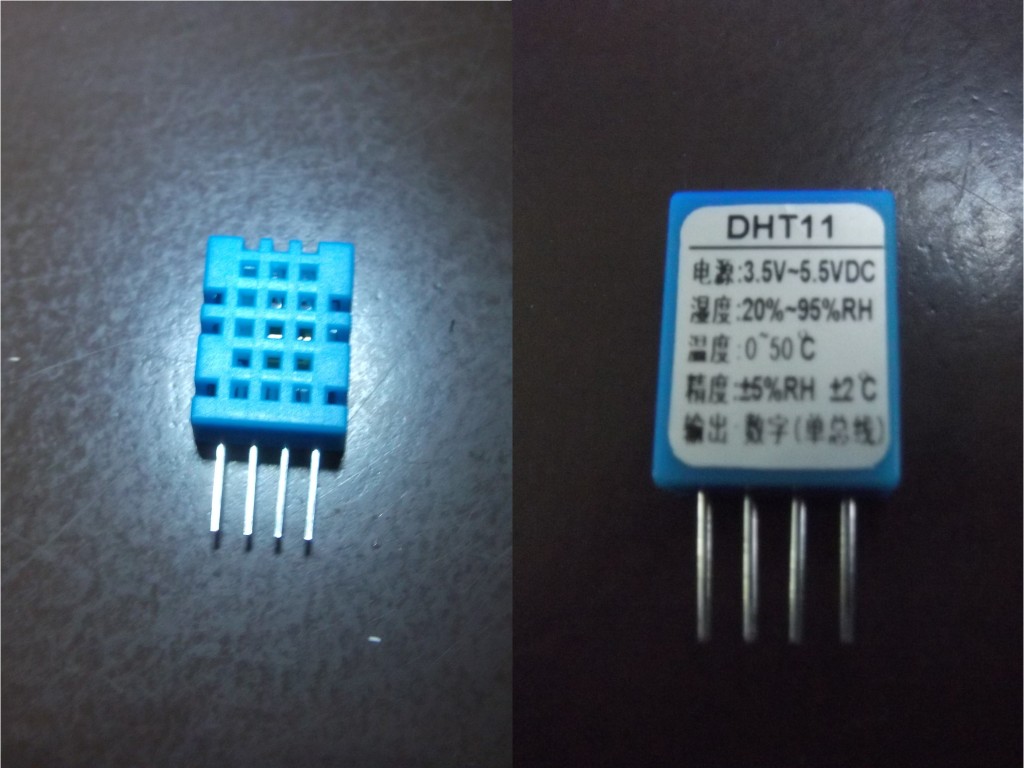
DHT11 – Temperature and Humidity Sensor
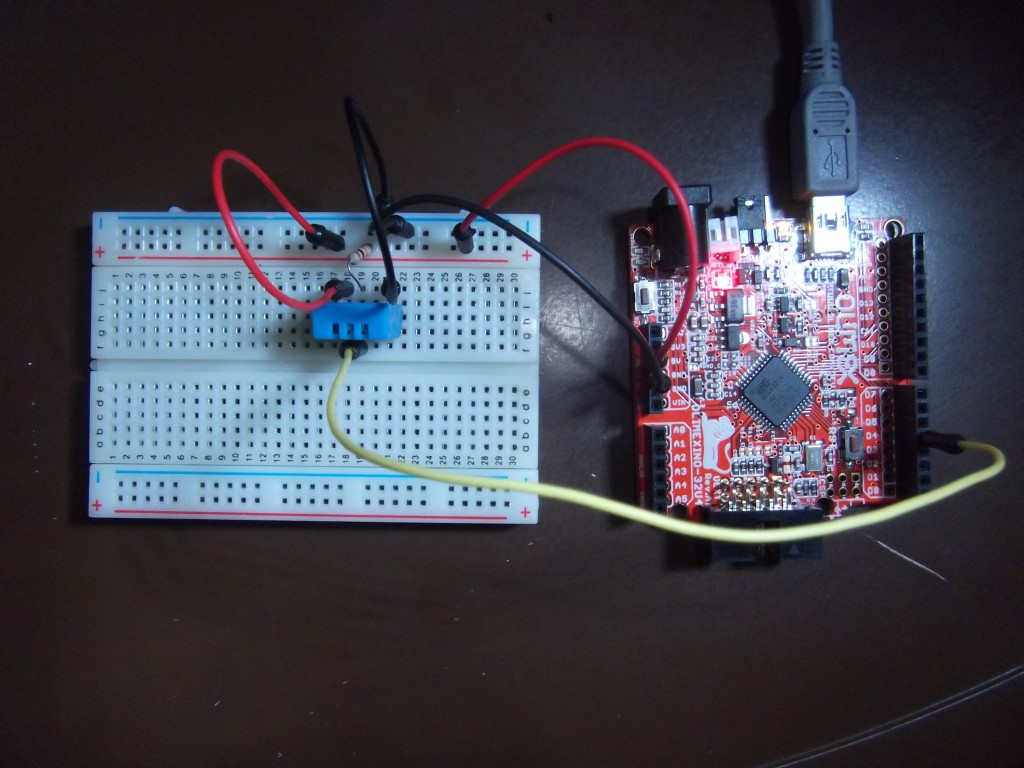
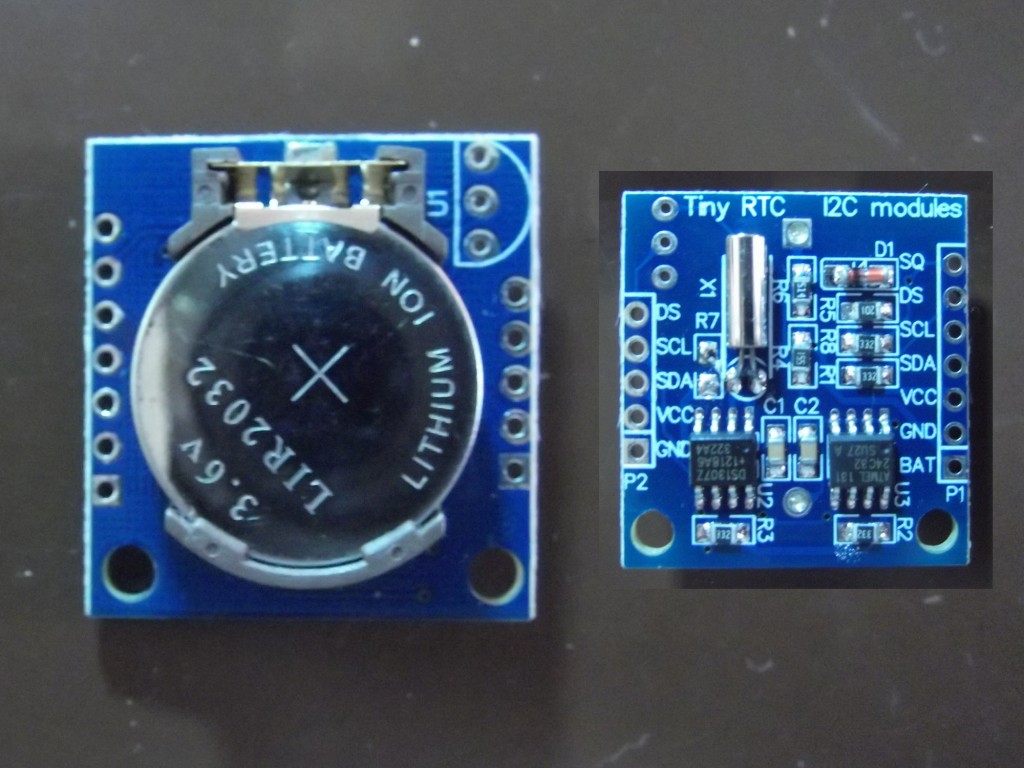

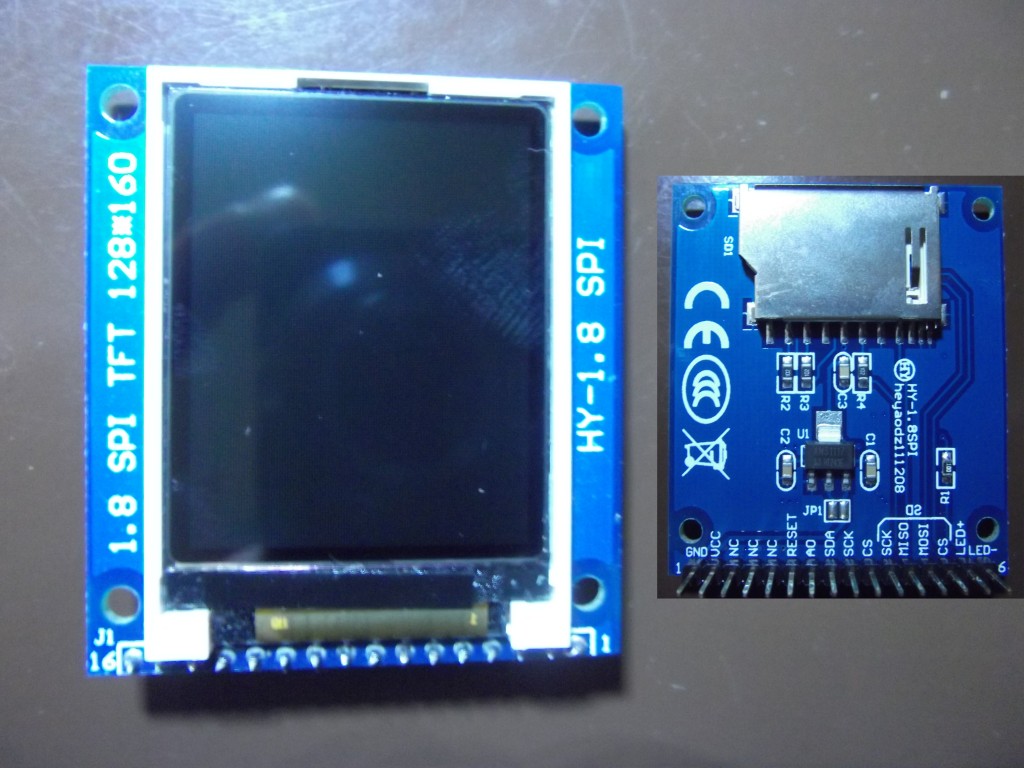
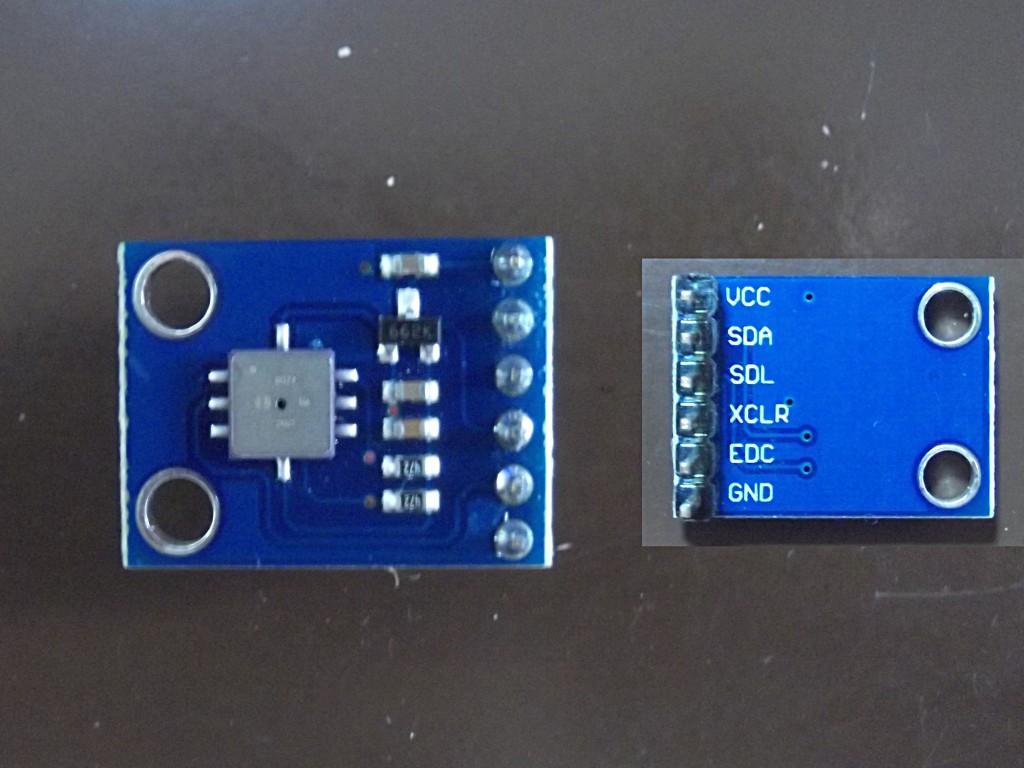
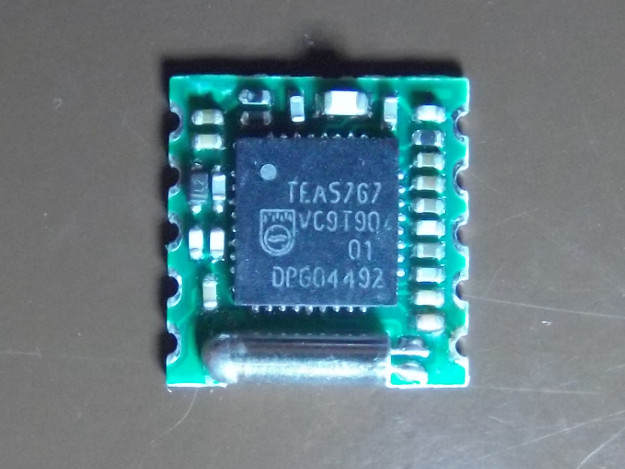
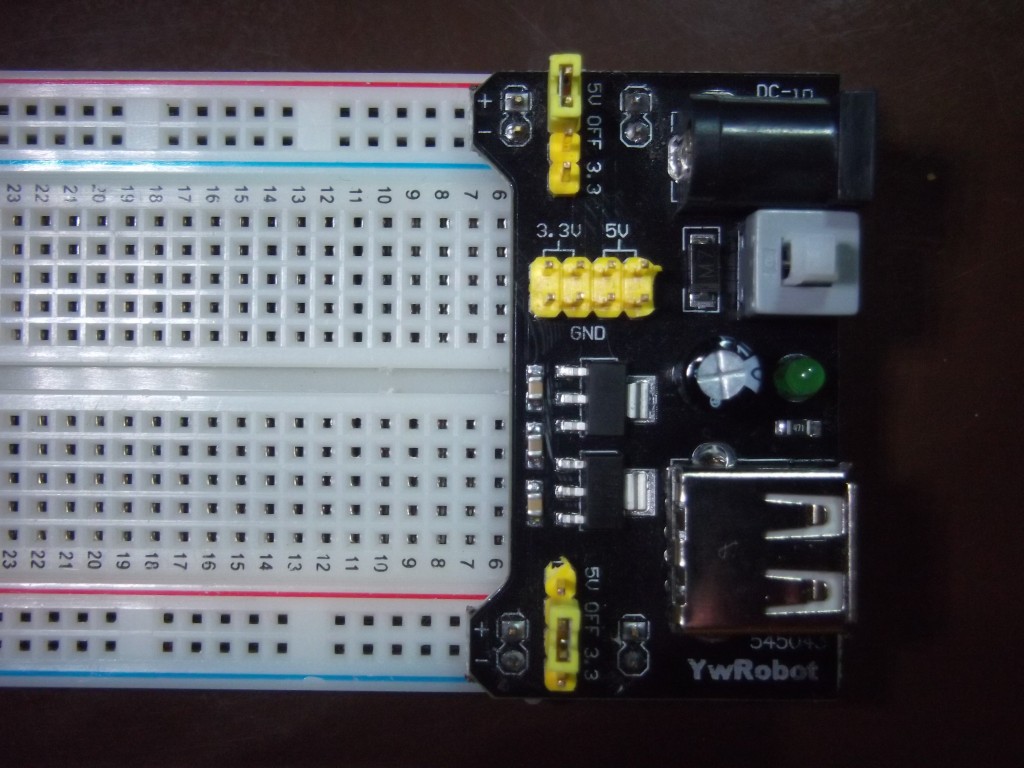

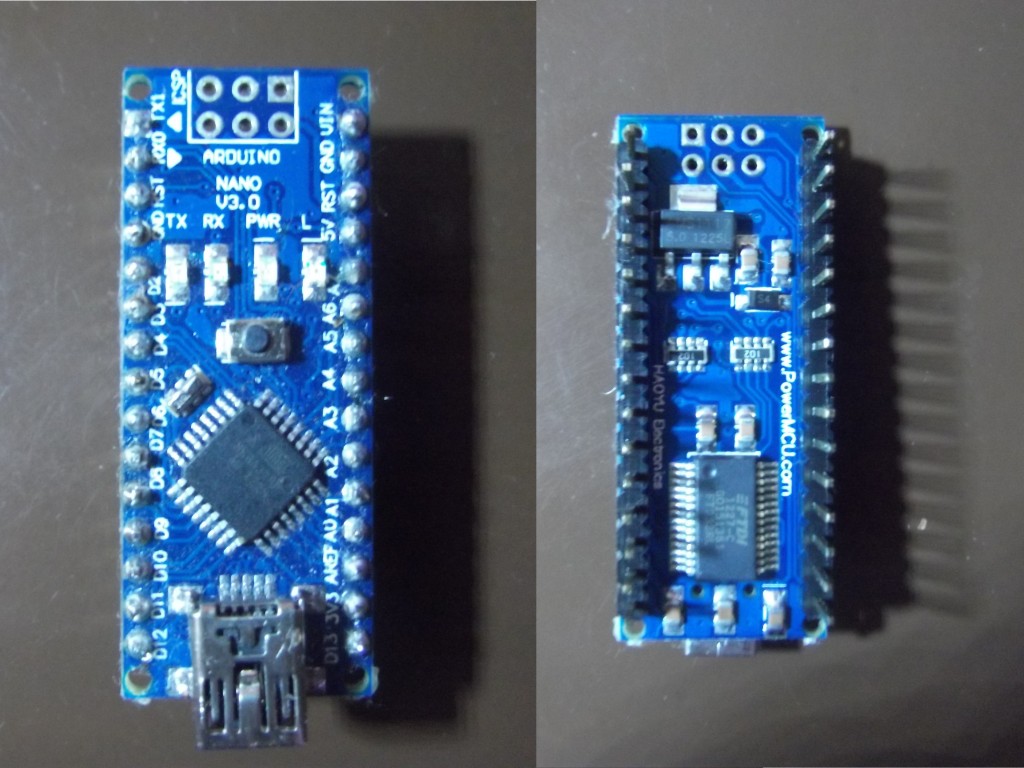
 Deutsch
Deutsch English
English